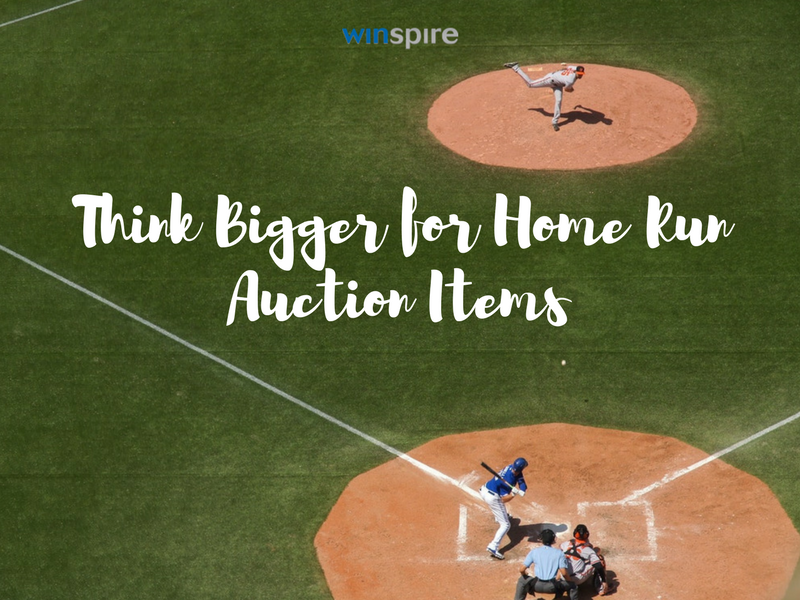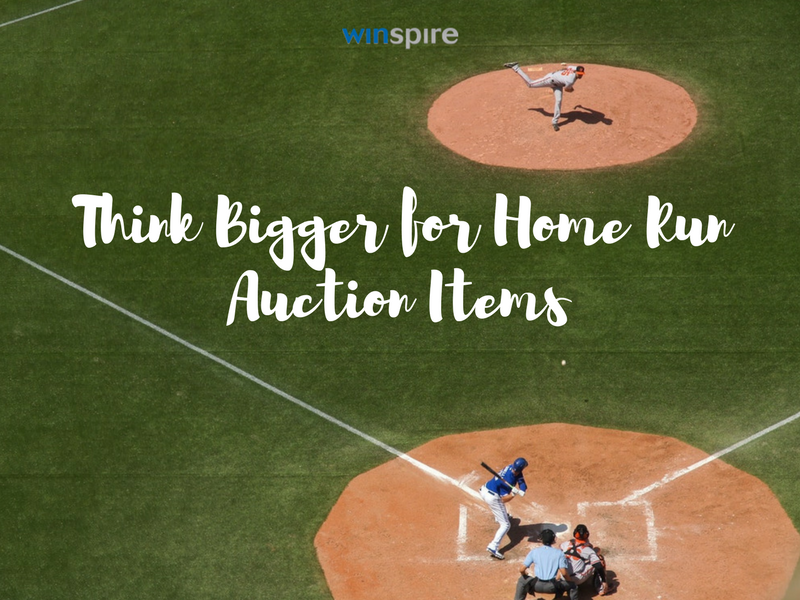 In a previous webinar, we shared the “10 deadly sins,” or costly mistakes, seen most often at charity auctions. Number 3 on our list: Putting out the wrong items for your audience.
In a previous webinar, we shared the “10 deadly sins,” or costly mistakes, seen most often at charity auctions. Number 3 on our list: Putting out the wrong items for your audience.
To get high returns on your fundraising event, you want auction items that have wide appeal, generate excitement, and are perceived as highly valuable among your donors.
Putting out items that don’t match the crowd—or using the same items year after year—makes it impossible for your event to reach its full potential.
Read on for benefit auctioneer Heath Hale’s 4 easy steps to think bigger for more creative, lucrative auction packages (like batting practice with this 11-time All-Star and two-time World Series champion).
Four Steps to “Home Run” Auction Items
Today’s tips come from a recent webinar featuring “Cowboy Auctioneer” Heath Hale out of Austin, Texas. In 2016, Heath and his team of Cowboys raised over $9.3 Million and exceeded 100 percent of their nonprofit clients’ fundraising goals.
“One of the reasons we have always exceeded clients’ Live Auction goals, without exception, is because of our strategy of thinking bigger,” Hale asserts.
Here’s how to do it.
1. Know your audience.
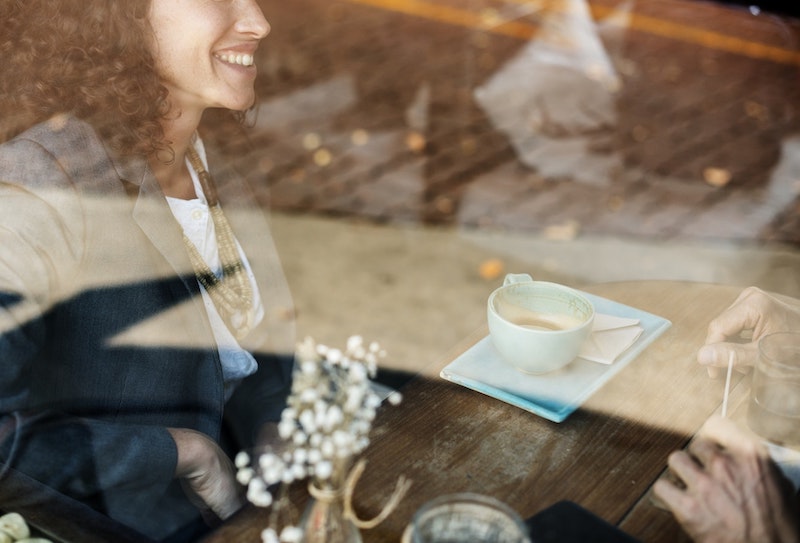 The best auction packages suit your audience, work with your event theme, and are exciting and unique enough to generate high bids.
The best auction packages suit your audience, work with your event theme, and are exciting and unique enough to generate high bids.
The first step to putting together a home run auction package is to get guidance from your auction committee members, benefit auctioneer and/or Development Director. You can also survey donors who will be in attendance as to what items they’d like to bid on.
What’s the demographic in terms of age, industry, geographic region and spending capacity? What are they interested in? Where do they want to travel? If you’re hosting a repeat event, what types of items have sold well in the past?
Do some ‘market research’ and get to know those who will be spending money at the event.
{{cta(‘e9b45b58-43e5-45e7-87ac-76ed275a560f’,’justifycenter’)}}
2. Brainstorm and leverage connections.
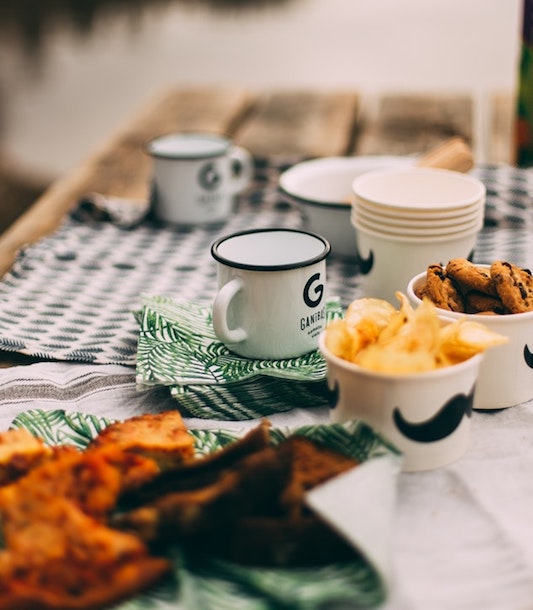 Next, kick off procurement with a ‘wish list party.’ The procurement or wish list party is the initial session during which everyone on the auction committee begins brainstorming creative auction items. We’vve found hosting this event in a relaxed atmosphere, with drinks and snacks, is the best way to get creative juices flowing!
Next, kick off procurement with a ‘wish list party.’ The procurement or wish list party is the initial session during which everyone on the auction committee begins brainstorming creative auction items. We’vve found hosting this event in a relaxed atmosphere, with drinks and snacks, is the best way to get creative juices flowing!
The trick here is to not only list items you can attain, but key stakeholders or connections to whom you can reach out.
One example Hale gives is connections in the sports community. “Sometimes I’m talking to the auction chair or the lead on the auction committee, and they mention, ‘Hey, my husband is really connected with the local Major League Baseball team.’ Here in Texas, it’s the Rangers or the Astros. Maybe if you’re in California, it’s the San Diego Padres.”
These connections are key to coming up with items your audience loves and has never seen before. So having a point person with connections in your community and networking abilities is invaluable.
Jumpstart procurement by printing off a few copies of our free 400+ Amazing Auction Item Ideas list to bring to your next “wish list” party.
{{cta(‘ace6904c-d5a9-4f23-afcc-36e09cf0f71e’,’justifycenter’)}}
3. Think bigger.
Once you have those connections, it’s tempting to just take whatever the donor will give you. But if you really want to bust through a revenue plateau or hit an ambitious goal, it’s the auction chair’s responsibility to think bigger and pursue that lead to the n-th degree.
“If a non-profit says they’re in with the Houston Astros and can get us four tickets to the game, my first thought is, ‘That would work great in our silent auction.’ We have a connection with the Astros—now how can we make the most of it?” Hale says.
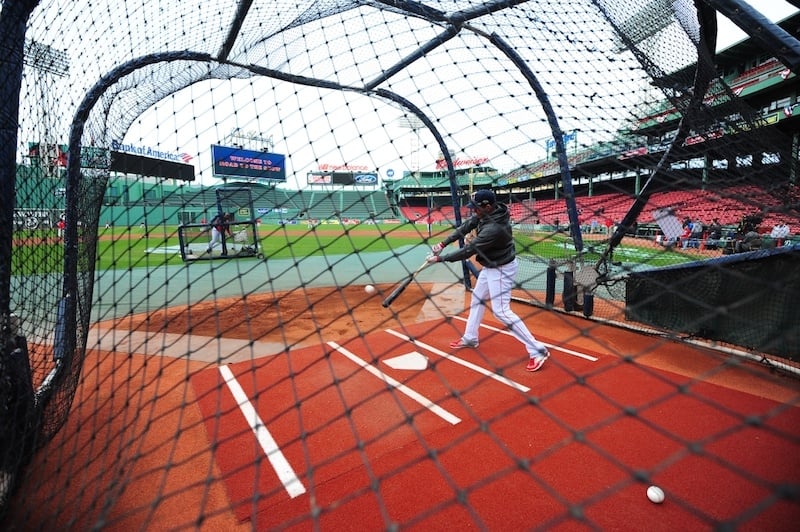 One idea: Get batting practice with storied pitcher Roger Clemens. If this sounds lofty, here’s how it played out for Hale.
One idea: Get batting practice with storied pitcher Roger Clemens. If this sounds lofty, here’s how it played out for Hale.
“We had a live auction event a few years ago. This charity had never done a live auction event and was hesitant to even try it. They had a live auction goal of $18,000. During procurement, we came up with the idea to offer batting practice with Roger Clemens. The connection reached out and he agreed to do it.
When Roger Clemens tells donors, ‘I’m going to host you at the local ballpark and throw batting practice, and by the way, I’m bringing a margarita machine’ – well, that’s tough to ignore!
This one package brought in $32,000, and Roger let us double it. We raised $64,000 on one package. How?
We didn’t ask Roger Clemens for tickets, we asked Roger Clemens for time.“
In support of the 16th annual WEEI/NESN The Jimmy Fund Radio-Telethon presented by Arbella Insurance Foundation next…
Posted by WEEI Sports Radio Network on Friday, August 4, 2017
Another idea: “Try renting the ballpark for an afternoon. Who cares if it’s on a Tuesday night, and nobody’s there in the off season? Get the ballpark for the evening, cater it with one of our top local BBQ companies, and get a live musician involved. All of a sudden you’re looking at a private party for 40 in center field with BBQ and music.
“I’ve seen events like these bring in anywhere from $20,000 to $100,000,” shares Hale.
These home run items all started from someone who wasn’t thinking big enough saying, “I have great connections with the Astros. I already know we can get tickets. What else?”
The Cowboy Auctioneer’s
Advice for Skeptics
To those of you out there who might be hearing these big numbers and thinking there’s no possible way, first off, we can get those items and second, that we can get people to spend that kind of money…
I can just flat out say, you aren’t thinking big enough!
You have to go beyond your own mental limitations. Go find what you can turn into these bigger experiences, bigger packages and you will be amazed. You will be so surprised at not only the capacity of your audience to spend on these big items, but your ability to create tremendously cool and exciting experiences for your live auction.
So, don’t limit yourself, and always think bigger.
~Heath Hale, Benefit Auctioneer
4. Promote the heck out of mega items
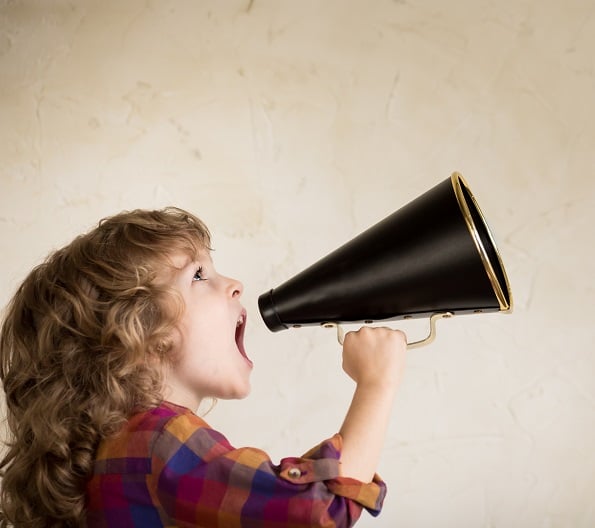 The final step to getting the most out of unique, exclusive auction items is to leverage them in all your promotional materials.
The final step to getting the most out of unique, exclusive auction items is to leverage them in all your promotional materials.
To go back to our baseball example, when the sports-related organization found out what they were going to be able to offer, it changed the whole scope of the event.
“Once you have one or two of these mega items, send an email out before the event to your auction chair and your committee. They will be thrilled and excited to post it on social media, and that’s the kind of item that goes viral.
“In my experience, you’re going to have someone who’s a big Roger Clemens fan say, ‘I have to go to that event. I don’t care what it costs, I’m buying that package.'”
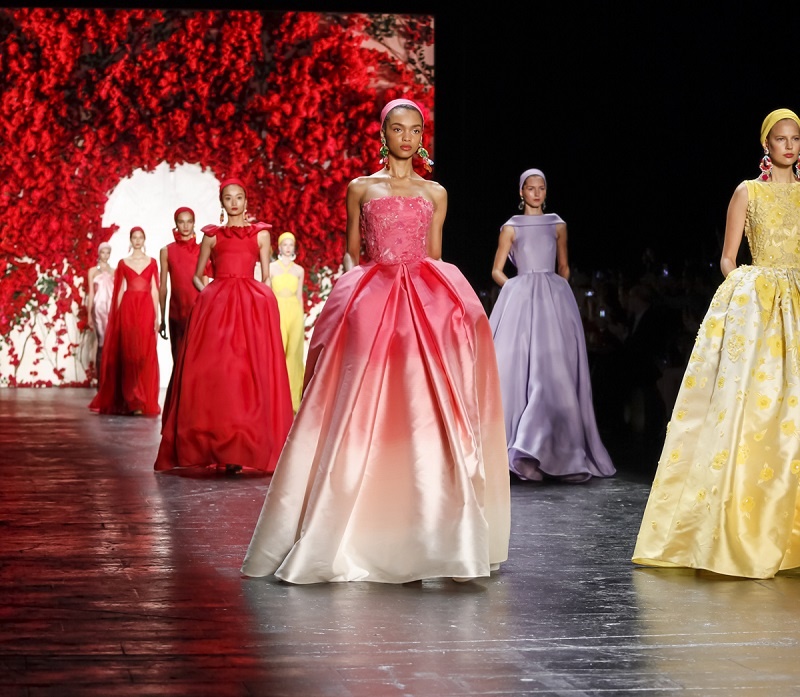
Maybe your arts-focused organization turns theater tickets into a meet and greet or backstage tour with the performers. Maybe a runway-style charity fashion show heads to New York City Fashion Week or offers a luxury shopping spree complete with a personal stylist.
As we’ve said before, success breeds success.
“Once you start thinking bigger all sorts of cool things start to happen,” Hale concludes. “You’ll have new guests, sell more tables, and those tables will all have a giving capacity higher than what you once assumed. Not only does this help you meet and exceed your goal, but you get to promote the event, drum up excitement and get people marking their calendars to attend.
“All because you’re starting to think a little bigger than you did before.”
—
We hope this post gave you some practical tips to take your auction offerings to the next level. For more, check out Hale’s full webinar here. (After you fill out the form, scroll to ‘Wrangle More Bids at Your Next Fundraising Auction.’)
{{cta(‘2c2afed8-70df-494b-8204-3eb3c111af11′,’justifycenter’)}}
